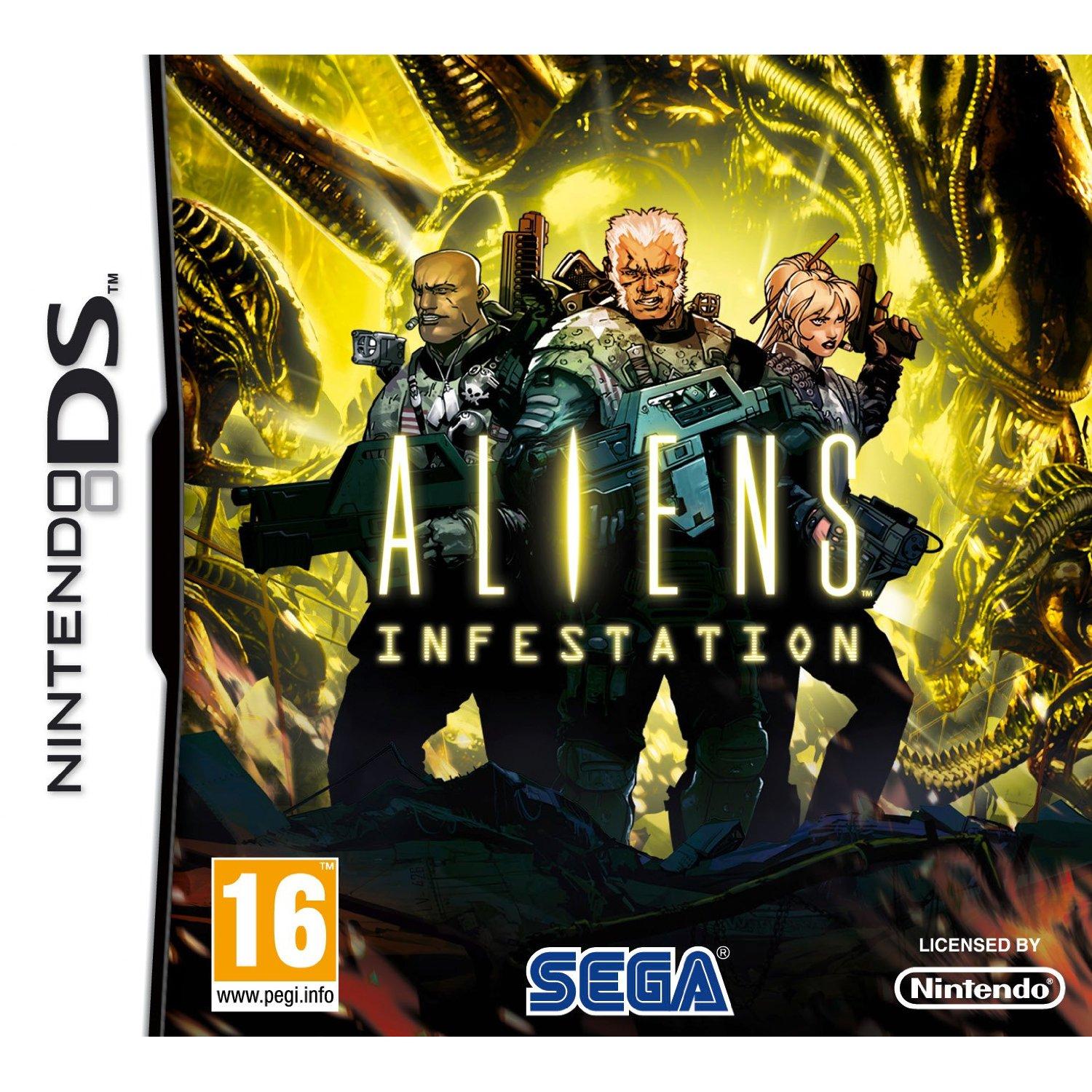
“It would be sad because pixel art is intimately linked to games. A player has a heart of ice if they are not excited to see a sprite of Mega Man leaping through the air or the 16-bit Link raising a piece of the Triforce above his head. Iconic, familiar, and wonderfully expressive despite its simplicity, pixel art is the video game. “So what?” For the generation that started gaming before the first PlayStation and Nintendo 64, the dawn of the 3D era, this truly represents the end of an era. Most talented pixel artists move on to making 2D art in high definition, as you can see on Capy or at studios like WayForward.” “As we move away from ‘small screen devices’, that limitation fades. “On pre-PSP notebooks, the screen resolution was so low that pixels were often the best choice in terms of clarity,” explains co-founder and art director Anthony Chan. Capybara also agrees that times are changing. The Nintendo DS version of the sublime puzzle RPG Might & Magic: Clash of Heroes featured some of the most inspired and charismatic sprite work since the 16-bit golden age. “But at the same time I don’t necessarily see this as a big loss, as the improved graphics will help increase the possibilities of the games.”Īlong with WayForward, Toronto developer Capybara Games is another of the few Western studios that still prides itself on pixel art. “I think pixel art has a unique artistic charm that you can’t find in polygon art, and it is personally one of my favorite graphic styles, so it would be sad to see pixel art being used less and less.”


“The screen resolution will continue to improve and, as you say, the need to use pixel art will decrease,” he explains. Nintendo did not want to give a definitive answer when asked about it, but Mass Attack director Mari Shirakawa was not overly optimistic. “With the video game industry shifting to the Hollywood model of the summer blockbuster, the pixel is no longer attractive enough to the masses.”

“There was a decline in pixel art on the Game Boy Advance, and there have been even fewer games on the Nintendo DS,” he tells SamaGame. Matt Bozon, creative director of sprite specialists WayForward Technologies, whose wonderful Aliens Infestation is surely also one of SEGA’s latest pixel art projects, suggests that although we may see titles of this type in 3DS it will not be a creative direction they choose many major companies. With a 3DS considerably more powerful than its predecessor, the only reason a mainstream title uses pixel art rather than more modern graphic techniques will be purely aesthetic. The modest DS is probably the last platform where the decision to base the visuals of a game on stacks of pixels is due to a pragmatic and technical necessity. With development focusing on the powerful 3DS, Mass Attack – with its charming and intricate sprites – may be the last 2D pixel art game to be released by Nintendo. However, its appearance was much more significant. The umpteenth installment of a saga that has never enjoyed recognition in Europe for a console that gives its last blows passed without pain or glory through the sales charts. At first glance, the launch of Kirby Mass Attack a few weeks ago was a minor event.


 0 kommentar(er)
0 kommentar(er)
